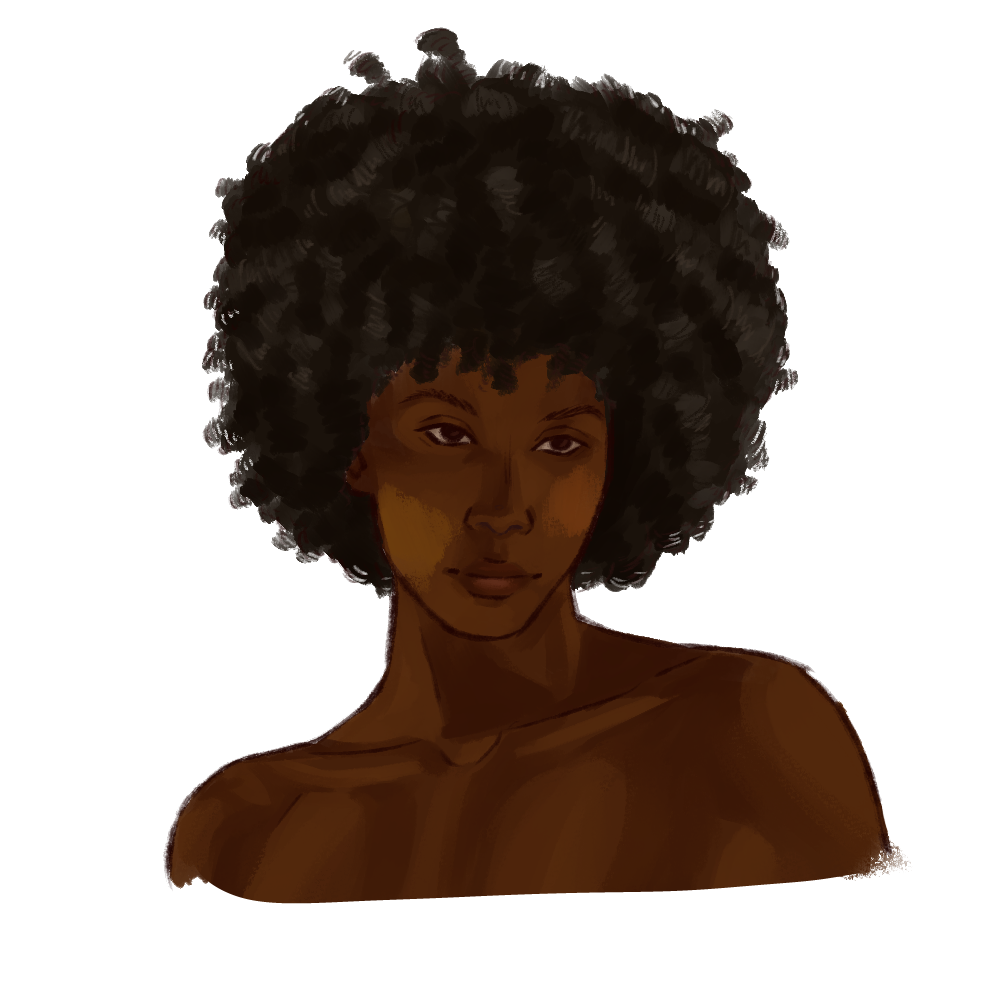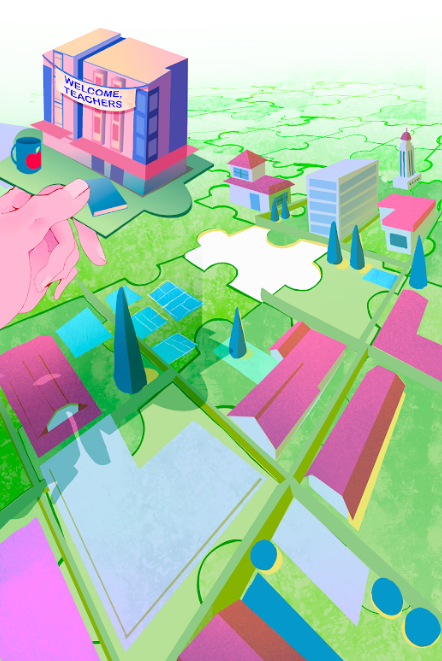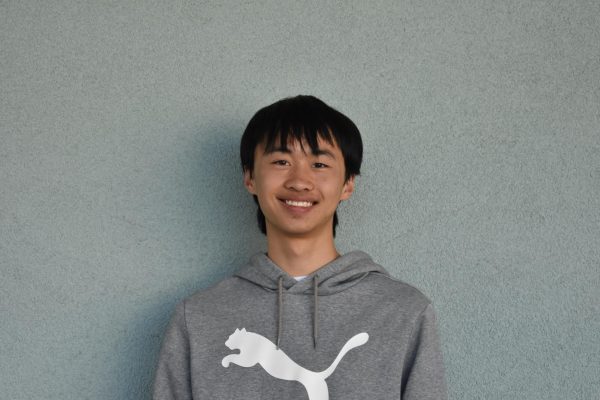Computer science teacher Joshua Paley was guiding a group of freshmen around campus when a former student came by and asked if he could talk to them about computer science. When Paley asked the group how many of them were interested in computer science, almost all the boys raised their hands, and half the girls raised theirs. “I asked one of the girls who didn’t have her hand up, ‘Why are you not interested in computer science?’” Paley said. “It looked like I was causing her severe pain, like she did not want to talk about it.”
This gender divide surrounding interest in STEM and humanities fields is not uncommon. Enrollment statistics obtained from the Gunn administration show a continual trend of gender disparities in various subjects. A prominent example of this phenomenon is the gender makeup of Gunn’s computer science electives (Advanced Placement Computer Science Principles, Functional Object-Oriented Programming, AP Computer Science Advanced and Computer Science Capstone): This year, 30% of students are female, and 70% are male.
Senior Alina Lari first noticed the gender divide in computer science in her Functional Object-Oriented Programming class, which had around 10 girls and 20 boys. “I would see all the guys huddled together, and it would seem like they’d be having so much fun, a little community,” Lari said. “Then I’d see the girls, who were just divided in general.”
The other side of the coin, where the gender composition is flipped, shows a less-pronounced but often-overlooked imbalance. In this year’s AP English Literature and Composition classes, 58% of students are female while 42% are male. In the college-preparatory 11th- and 12-grade World Literature English class, 65% of students are male and 35% are female — a split that strongly resembles the imbalance in computer science classes.
According to English teacher Kate Weymouth, many male students opt not to explore more rigorous humanities classes, even though most novels in the Gunn curriculum are written from male perspectives or by male authors. “Historically, we’ve had a very dead white male-dominated curriculum, which we’re trying to change in many ways,” she said. “But then that doesn’t necessarily mean there’s more boys (in the class).”
A similar trend exists in advanced art classes. Counting all students in AP-level art courses this year, 64% of students are female, while 36% are male.
This imbalance has been a recurring experience for senior Harry Peng, who has pursued art since elementary school. “It’s pretty awkward to be in a space where literally every single one of your classmates are girls,” he said. “You don’t really have anyone to talk with at first.”
While the defining feature of electives is that students are able to choose classes that interest them and aren’t forced to take classes they don’t enjoy, societal pressure often influences these choices. Daunted by the negative connotations surrounding pursuing art, both because of his gender and Silicon Valley surroundings, Peng struggled to fully commit to it. “I hesitated a lot during sophomore year (about) whether or not to pursue computer science, like what … society wanted me to do, or pursuing (the) arts, which I felt more comfortable (doing),” he said.
The causes
A 2023 study by the University of Houston led by Assistant Professor of Psychology Allison Master found that girls in first through third grade are equally open to learning coding and computer science as boys. Their interest and confidence, however, start to decrease around third grade, when they are exposed to STEM gender stereotypes through books, shows and social media. According to the study, the media often portrays computer scientists as white and Asian men, with limited representation for women and other people of color.
Engineering teacher Kristina Granlund-Moyer pointed out an example of this occurrence in the engineering workbook for Digital Electronics, which portrays two white men on the first page. “There’s no (explicit) message there that says you can’t be a good engineer unless you’re a white guy,” she said. “But it’s just a little subtle message: ‘This is what we think engineers look like.’ There’s a lot of subtle stuff all over the place. I don’t think we’re aware of it.”
The Houston study also found that adults and schools can pass these stereotypes on to younger children by subconsciously communicating and acting on prejudiced beliefs. “I think (these stereotypes) steer people one way or the other, whether they know it or not,” Granlund-Moyer said. “It’s our society that’s got these biases, but it’s also ingrained in all kinds of people.”
At the middle and high school level, students often care strongly about their social image and are particularly vulnerable to pressure to conform to societal stereotypes, according to Granlund-Moyer. “Young women get a lot of messages,” she said. “Teenagers are at a pretty impressionable age, and also at an age where they’re striving to fit in.”
These messages add up: Paley has noticed that many girls are reluctant to take computer science classes or even come up to the computer science table at elective fairs, a problem boys don’t have. In Lari’s experience, these choices then influence girls’ career pathways. “By the time they reach high school, many girls have made their decision not to pursue degrees in computer science, because they feel like they don’t belong,” she said.
Due to flipped societal stereotypes and family influences, boys may hesitate in studying the humanities. Gunn’s STEM-centered environment exacerbates the trend: Stories of technology pioneers such as Steve Jobs or science geniuses like Robert Oppenheimer can cause male students to see STEM- related fields as the clearest career path.
Peng, who has experienced these societal pressures, noted that the most harmful interactions are under the radar — implied biases or subtle cues given off by body language or tone. “I’ve heard people getting judged because they’re a boy pursuing art in their life,” he said. “People are just thinking it’s weird, because not a lot of boys like art.” For him and other students breaking gender norms, these microaggressions only add to the perception that a student isn’t where they belong or doing what they should be.
Art teacher Anita Su explained that the expected profitability of STEM versus humanities careers adds to the problem. “(Artists) probably (don’t) make as much money as (people) working in STEM,” she said. “So perhaps, if we talk about the typical expectations of men being the breadwinner, (that stereotype is) something that’s passed down through generations.”
Looking forward
The gender-based academic divide can cause students to experience biased treatment and miss out on valuable learning and career opportunities.
In colleges and the workplace, a much higher percentage of women leave the engineering field over time than men, a dynamic that a 2018 Harvard Business Review study attributes to differential and exclusive treatment in work environments. In AP Physics C: Mechanics and E&M, where 23% of students are female, senior Ruth Jaquette faced this bias. “(My groupmate) was questioning my algebra, a basic part of physics that you wouldn’t blink twice at, purely on the basis that he thought I couldn’t do algebra, which was really infuriating to me,” Jaquette said. “He wasn’t listening to me through the rest of the project we were working on. … I had to prove my intelligence before he respected my opinion.”
These experiences can discourage students from taking advantage of useful opportunities. Lari believes girls should learn about computer science, even if they don’t pursue it as a career, because applications of computer science are ubiquitous. “It’s super important to have more girls become involved before, hypothetically, it’s too late,” she said.
The cost of these biases — lost opportunities and confidence — necessitates efforts for change. Thankfully, students have found ways to combat the gender gap. For example, tech-related clubs for girls can provide supportive environments and encourage more girls to pursue STEM. “When I joined AI for Girls, I really liked having a community of girls that were in computer science,” Lari said. “I felt like I wasn’t judged.”
Another, indirect form of encouragement is having role models. According to Granlund-Moyer, female role models in STEM have an important influence on girls’ interests and career decisions. “Maybe I would have turned out a very different person had my mother not actively gone back to college and worked on her Ph.D. when I was growing up,” she said.
For students who do not have these role models in their lives, teachers have also worked toward closing the gender gap in their classrooms. “Something that I’d like to focus on this year is transitioning towards sharing more contemporary artists that are diverse, of different ethnicities and different genders, so that the students don’t feel so limited,” Su said.
For Granlund-Moyer, another important step is pointing out microaggressions and biases to reduce prejudice. “I think calling it out is really important,” she said. “Because once you name it, then people can think, ‘Do I want to follow that bias or not?’”
These and other efforts throughout the years have contributed to a distinct increase in the number of girls interested in computer science: 36.9% of seniors enrolled in an AP-level computer science course this year are female, compared to the 22.5% in Gunn’s graduating class of 2015. In the humanities, the divide is also nearing an even split from the 30.2% of male AP English Literature and Composition students in the graduating class of 2016.
Granlund-Moyer hopes that the changing mindsets in younger generations will trickle down to create a greater balance in academic fields and careers. “There’s some hope that younger people have a different point of view,” she said. “When they themselves move up into positions of power, maybe slowly things will be changing.”

























